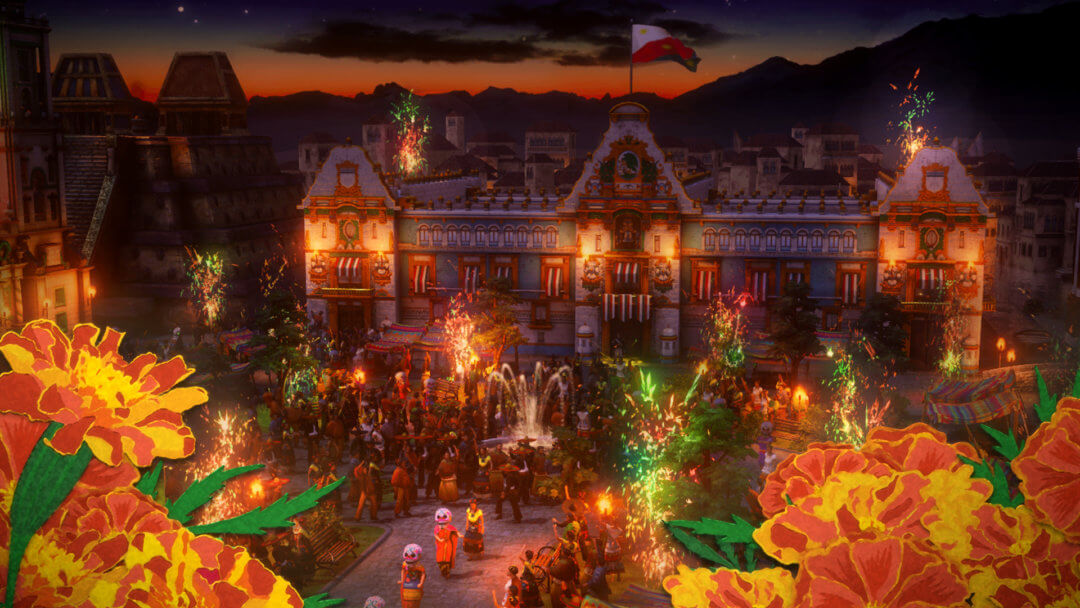
Greetings Age fans!
I am thrilled to be back with more tales from my codices researched just for you. This week I bring to you the history of the popular Mexican remembrance celebration, Día de Muertos, also known as Day of the Dead. You may be familiar with this celebration through images of intricately painted skulls, beautiful altars, marigolds, and more. The meaning behind these symbols goes beyond being decorative elements, they are rooted in ancient traditions which date back to pre-Hispanic times in Mesoamerica.
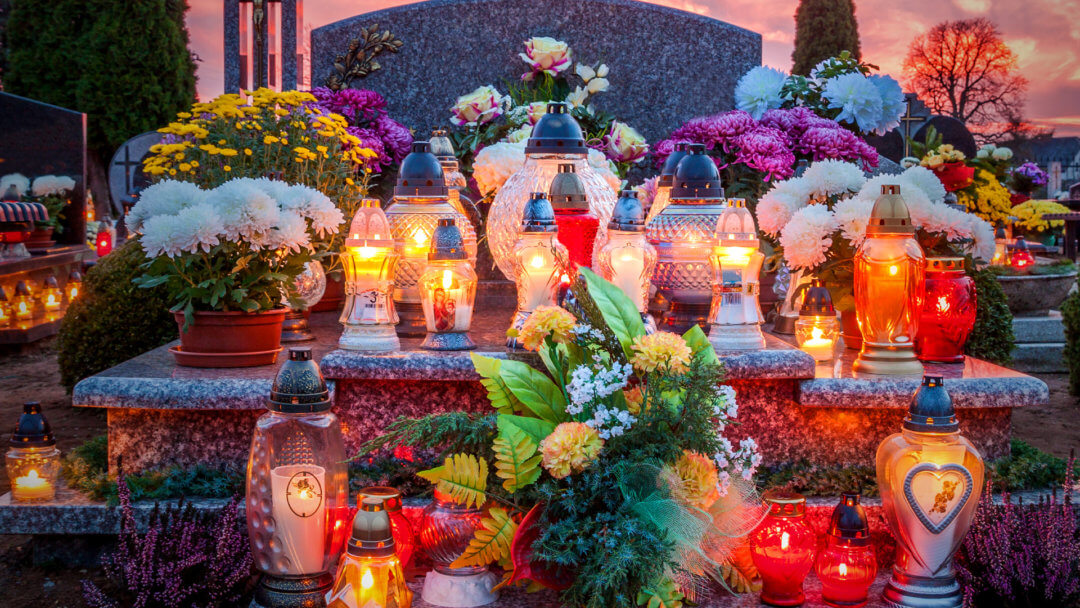
Why is Día de Muertos Celebrated?
Día de Muertos is celebrated annually on November 1st and 2nd across Mexico and other Latin American regions. On both days, families can honor, remember, and celebrate the life of loved ones and ancestors who have crossed from the physical world into the spirit world.
Where did it originate?
Día de Muertos originated from a mix of two cultures and traditions coming together. The first comes from pre-Hispanic Mesoamerican indigenous peoples, specifically what is now known as modern-day Mexico, and Central America. This two-day event comes from the cult of death from the Aztecs, specifically their practice of Miccaihuitl which encouraged those who participated in a ceremony to guide the spirit of the dead to Mictlan, the underworld in Aztec Mythology. The date of these celebrations coincided with the change in the harvest season.
The second tradition comes from the Catholic celebrations such as All Saint’s Day (Nov 1st) and Faithful Departed Day (Nov 2nd) which the Spaniards brought with them when crossing the Atlantic.
With time, each culture’s celebrations merged to become what is known today as Día de Muertos.
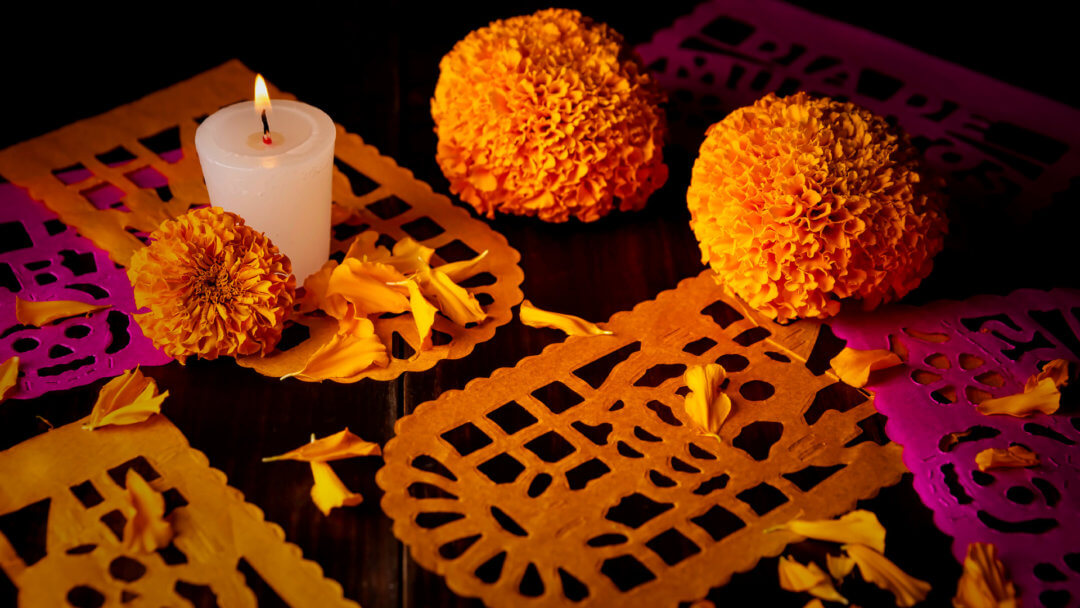
How Is It Celebrated?
Commemorating this day is about celebrating life, not death. It is a joyous remembrance of those who have parted to the spirit world but now have the chance to return to the physical world to reconnect with their loved ones in the physical world.
Those who are still on earth prepare for their ancestors’ arrival by creating a shrine with an ofrenda. The ofrenda, an offering, usually includes pictures of passed loved ones, some of their belongings, candles, decorations, their favorite food to feed them after a long journey from the spirit world, water, and more! Typically, these ofrendas are a way to represent the four elements of life– fire, water, air, and earth. You will also find marigold petals sprinkled near the altar which are said to make the path back home easier to complete. Painting skulls, playing music, dancing, making “papel picado” (colorful paper banners), and decorating the graves of the departed are some activities communities create together while telling stories and remembering their best memories with the departed.
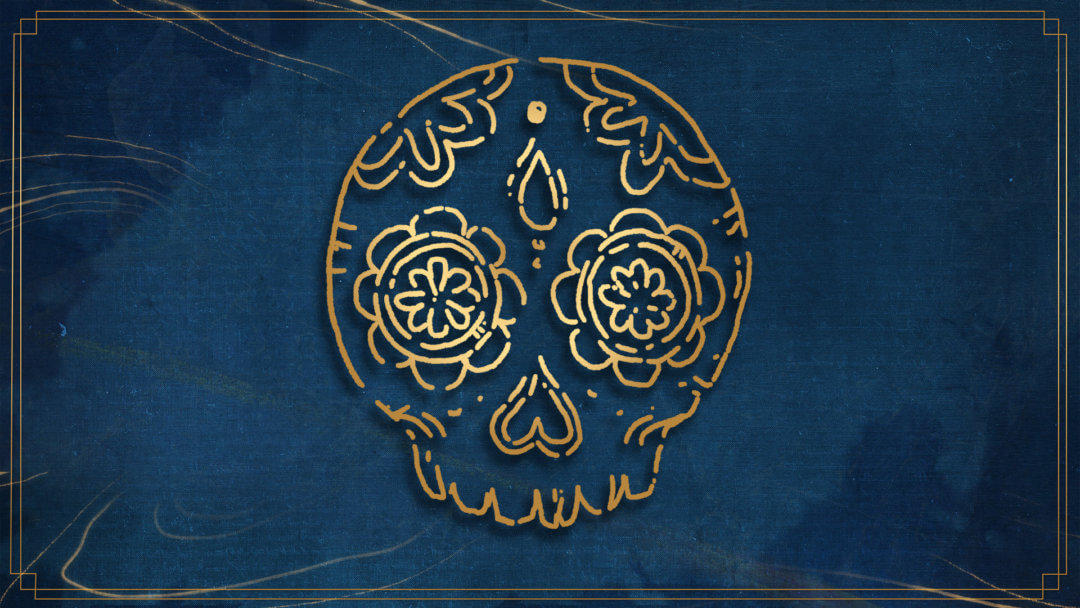
Celebrating With the Community
We want to honor and celebrate alongside those remembering their loved ones and ancestors today. To commemorate the event, we are featuring unlockable content across the games including:
Age of Empires IV: Sugar Skull Coat of Arms (Available until November 28th)
Age of Empires III: Definitive Edition: Mexico home city customizations
Plaza del Zócalo:
- Day of the Dead (Día de Muertos) 1/2: The citizens of Mexico celebrating Day of the Dead by wearing skull masks (Requires 5 points to unlock)
- Day of the Dead (Día de Muertos) 2/2: The citizens of Mexico celebrating Day of the Dead by lighting fireworks (Requires 10 points to unlock and the ‘Day of the Dead (Día de Muertos) 1/2’ customization to be unlocked first)
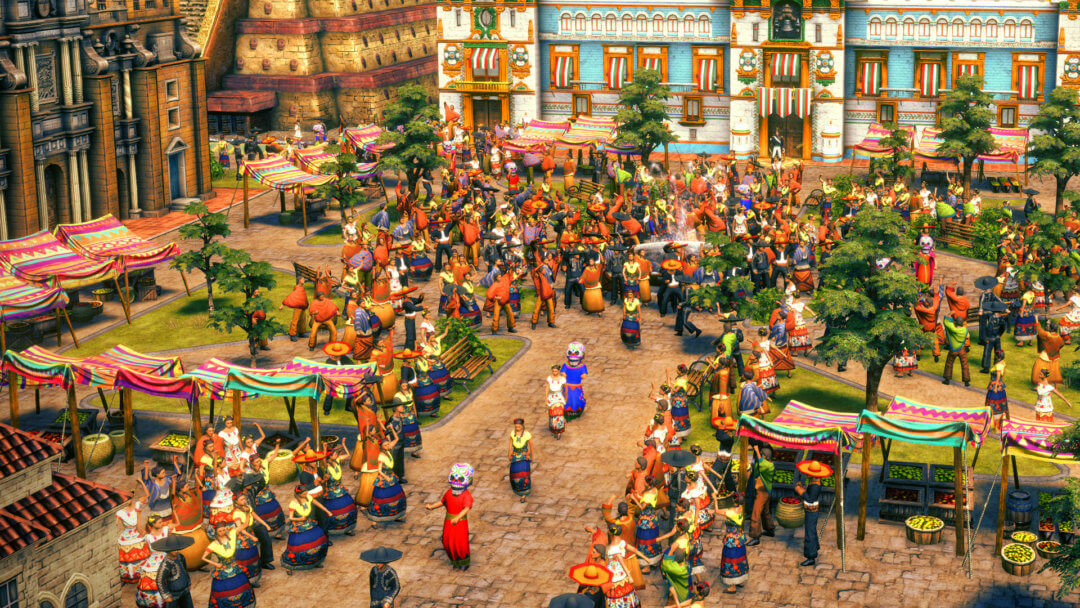
Thank you so much for joining me on this adventure today! I am wishing you all a fantastic day, and a muy feliz Día de Muertos to all who celebrate.
Sage
P.S …